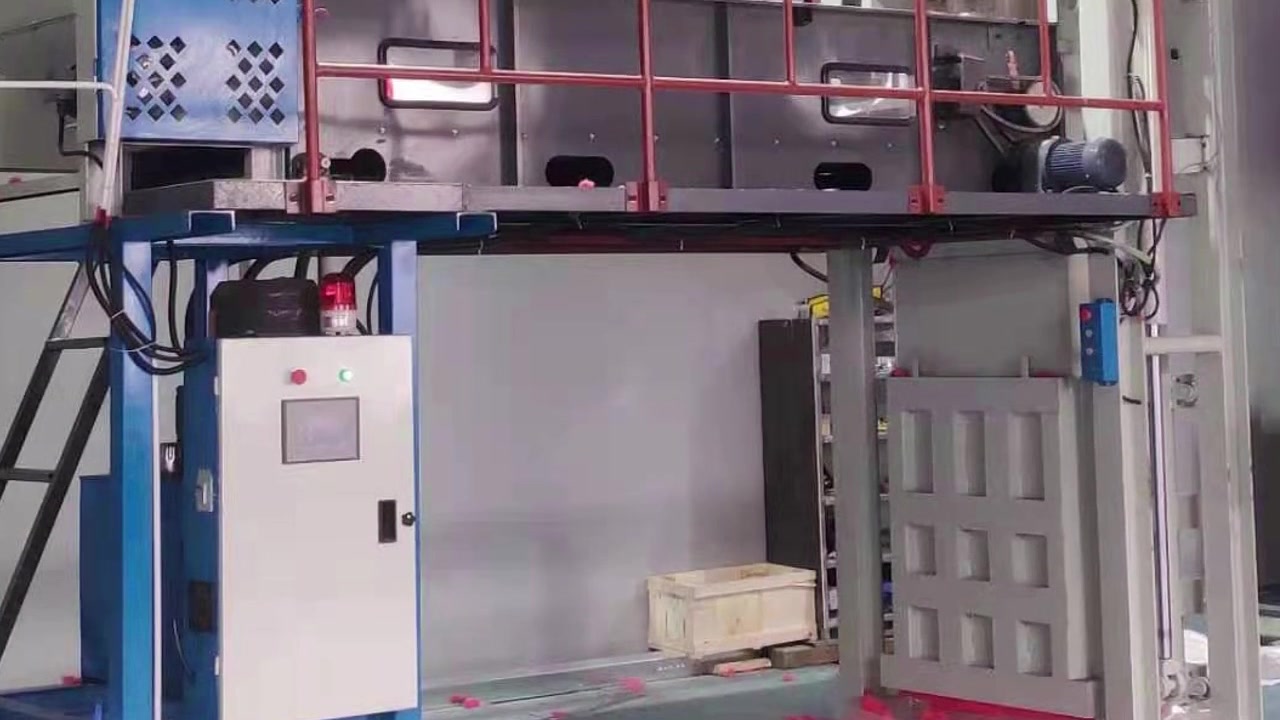Textile Waste Recycling Machine Price: A Key Factor in Sustainable Fashion
As sustainability in fashion becomes a growing concern, the demand for textile waste recycling machines is on the rise. These machines, which play a vital role in transforming discarded clothing and fabric waste into valuable raw materials, are essential for reducing the environmental impact of the fashion industry. However, one of the significant considerations for businesses and manufacturers looking to invest in these machines is the price. Understanding the factors that influence the cost of textile waste recycling machine price is crucial for businesses aiming to incorporate sustainability into their operations.
The price of a textile waste recycling machine can vary widely depending on several factors, including the machine’s capacity, technology, brand, and the type of fabric it can process. Generally, machines designed for small to medium-scale operations may range from a few thousand to tens of thousands of dollars. On the other hand, larger industrial machines capable of processing higher volumes of textile waste can cost hundreds of thousands of dollars. The price is often reflective of the machine's processing capabilities, efficiency, and the technology integrated into the system.

One of the key factors influencing the price of textile waste recycling machines is their processing capacity. Machines that can handle larger volumes of waste typically come at a higher price point. These machines are designed for larger operations and can process a wide range of textiles, from cotton to synthetic fibers, at a faster rate. Smaller machines, suitable for small-scale operations or pilot projects, tend to be more affordable but come with limitations in terms of output and the range of materials they can handle. For businesses just starting to recycle textile waste, a smaller, more affordable machine may be the right investment.
The technology used in textile waste recycling machines also impacts their cost. Advanced machines equipped with automated sorting, fiber separation, and quality control systems are more expensive due to the precision and efficiency they offer. These machines are capable of handling a broader range of textile waste, including mixed fabrics, and produce higher-quality recycled fibers. As technology continues to improve, newer machines come with enhanced features that increase automation, reduce labor costs, and improve overall efficiency. However, these innovations come with a higher price tag, making them more suitable for large-scale businesses with higher recycling volumes.
In addition to the initial purchase price, businesses should also consider the ongoing operational costs of textile recycling machines. Maintenance, repairs, and the cost of raw materials for the recycling process (such as energy or water) can add up over time. However, many businesses view these costs as an investment, as recycling textile waste can save money in the long run by reducing the need for virgin materials and lowering disposal fees. Furthermore, the ability to produce high-quality recycled fibers can create a revenue stream by selling these fibers to textile manufacturers or other industries.
For companies looking to reduce the upfront cost of purchasing a textile waste recycling machine, there are alternative options such as leasing or financing. Some suppliers offer leasing programs that allow businesses to rent machines on a long-term basis, with the option to purchase the machine later. Financing options are also available through banks or specialized lenders, making it easier for small and medium-sized enterprises to invest in recycling technology without paying the full price upfront.
In conclusion, the waste cloth recycling machine depends on various factors, including the machine’s capacity, technology, and intended use. While the upfront cost can be significant, investing in a recycling machine can provide long-term benefits, such as reducing waste disposal costs, conserving resources, and creating new revenue streams from recycled fibers. As the textile recycling industry continues to grow and technology advances, the cost of these machines may decrease, making them more accessible to a broader range of businesses. Ultimately, the investment in a textile waste recycling machine represents a crucial step toward a more sustainable and circular fashion industry.

Comments
Post a Comment